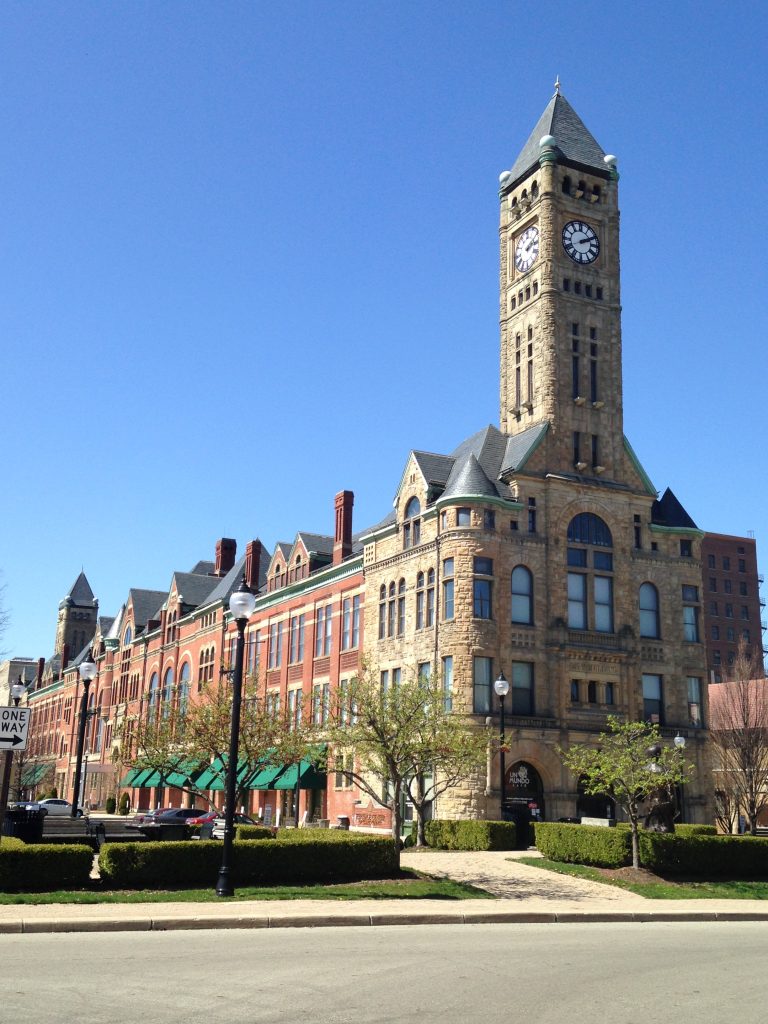
After filling up on a hearty lunch, I returned to the Clark County Heritage Center in Springfield. With so much history, I began my second session to cover the time period beginning in the 1900s up until the 1970s where the museum’s information about Clark County and Springfield ends.
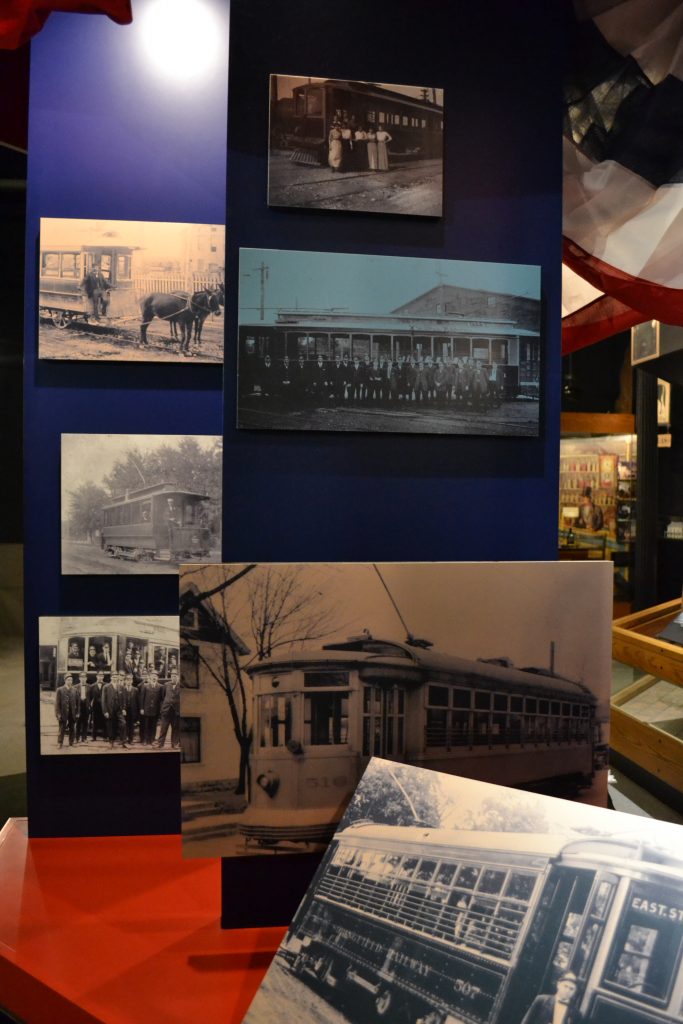
In the early 1900s, Springfield, Ohio’s population was close to 60,000. To celebrate their centennial in 1901 the city hosted Buffalo Bill’s Wild West show, a traveling performance which featured Greenville, Ohio native, Annie Oakley. During this time, advances in transportation, farming equipment and entertainment made Springfield a popular location to live and visit.
Theodore Roosevelt was the President of the United States at this time and nearby Dayton residents, Wilbur and Orville Wright piloted the first airplane at Kitty Hawk.
By winter of 1903, three major fires claimed three lives in Springfield and destroyed an entire city block.
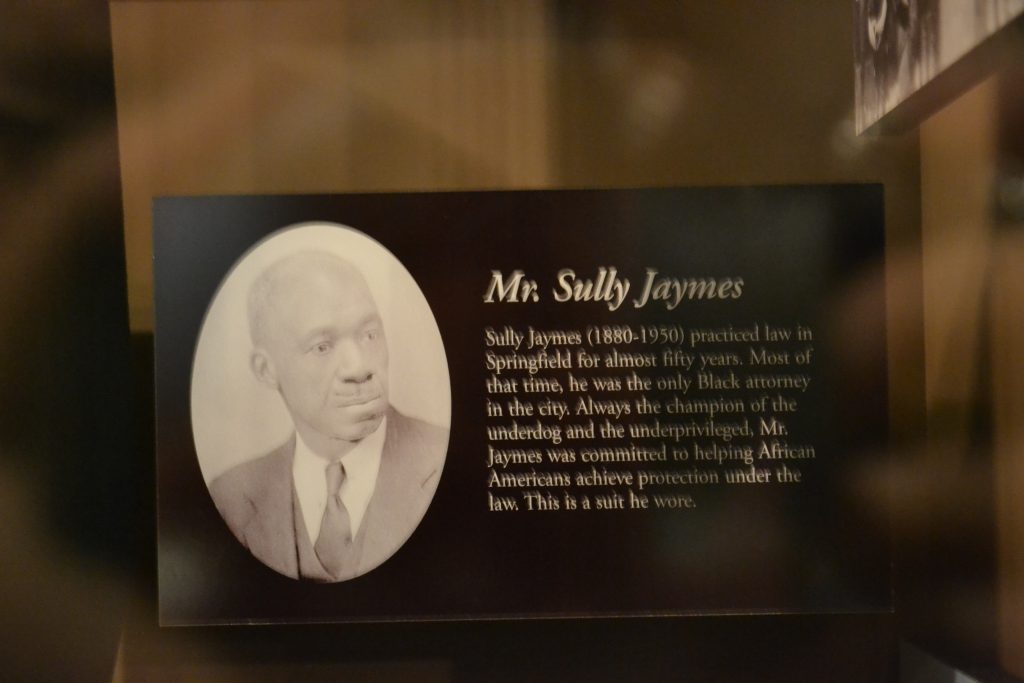
Sully Jaymes was Springfield’s only African American attorney who represented the underprivileged African Americans. A graduate of Boston University and the University of Michigan, Jaymes practiced law for over 50 years until his death in 1950.
In 1905, Gus Sun opened a vaudeville theater and booking agency in Springfield. During this time, architect Frank Lloyd Wright designed and built a home for car magnate, Burton J. Westcott.
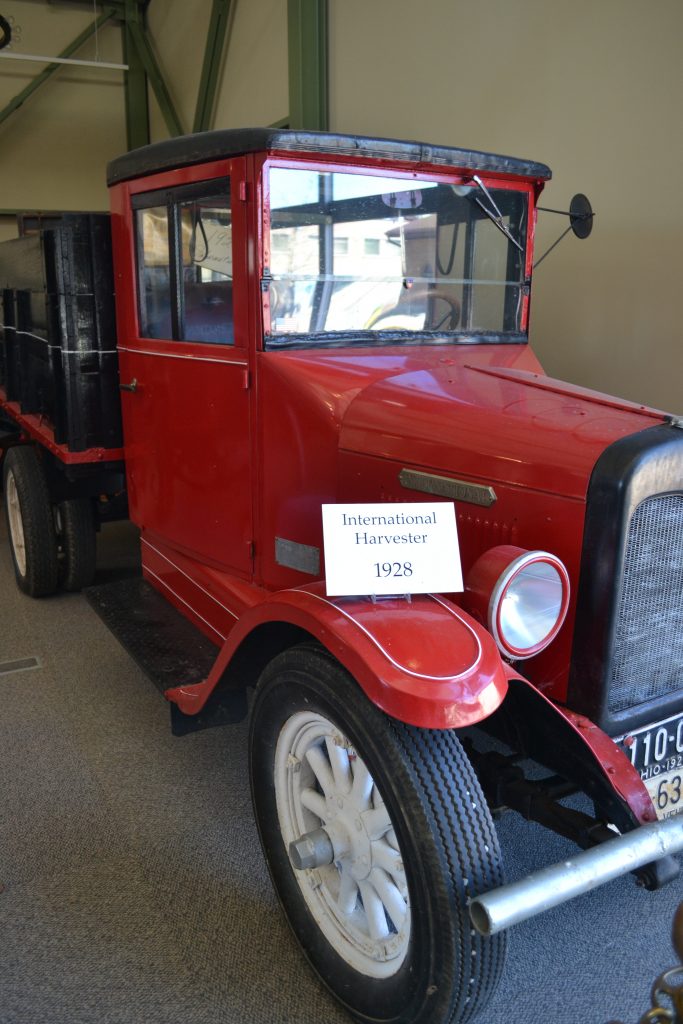
By 1904, the Boys and Girls club was founded by AB Graham, which is known today as the 4H Club. This agricultural organization teaches school-aged children about “farming techniques and home management”. During the same year, International Harvester opened up a plant in Springfield to make trucks, bringing in a large number of jobs to the area.
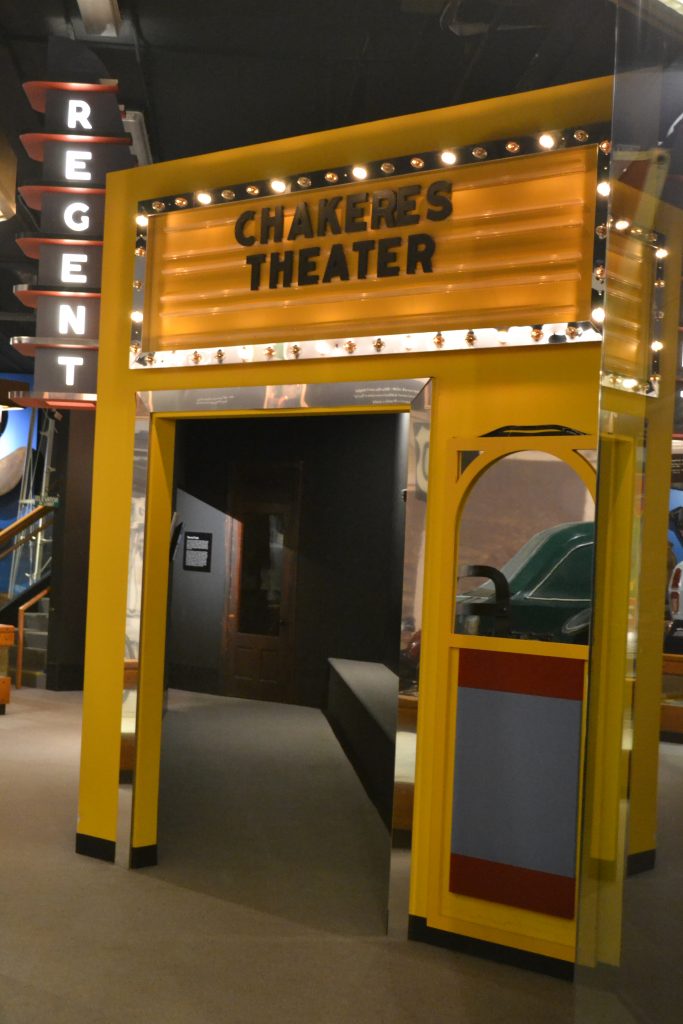
During Taft’s presidency, the Chakeres brothers open the city’s first movie theater in 1908 which would eventually lead to a total of eight movie houses around town. The cost to see a move was only 50 cents back then Following William Howard Taft, Woodrow Wilson takes office and the US enters into World War I. Westcott Motor Car Company begins producing “The Westcott” between the years 1916 and 1926. It would be the only automobile that would be manufactured in Springfield, rumored that the city lost the bid to Detroit for producing cars for the Ford Motor Company. As Ohio braces for the Depression Era, racial tensions rise as riots break out among Springfield residents. The Ohio National Guard is called in to preserve order.
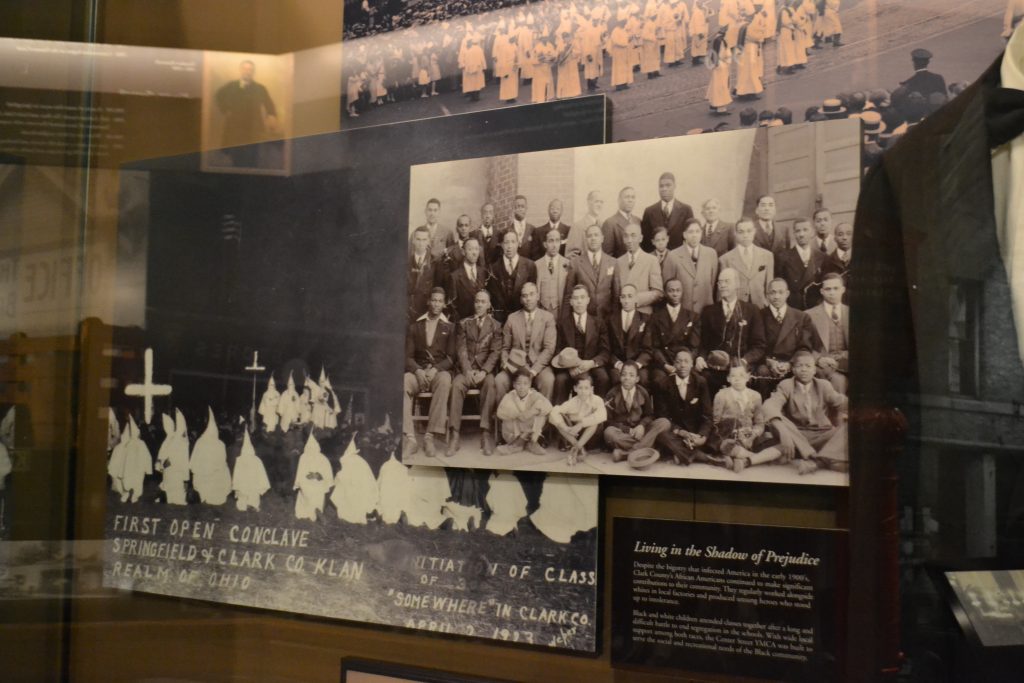
A very controversial event took place in Springfield in 1923 when the Klu Klux Klan held a rally at the fairgrounds. These horrific, racially charged events were being held all over the nation in the 1920s, even in our nation’s capitol of Washington DC.
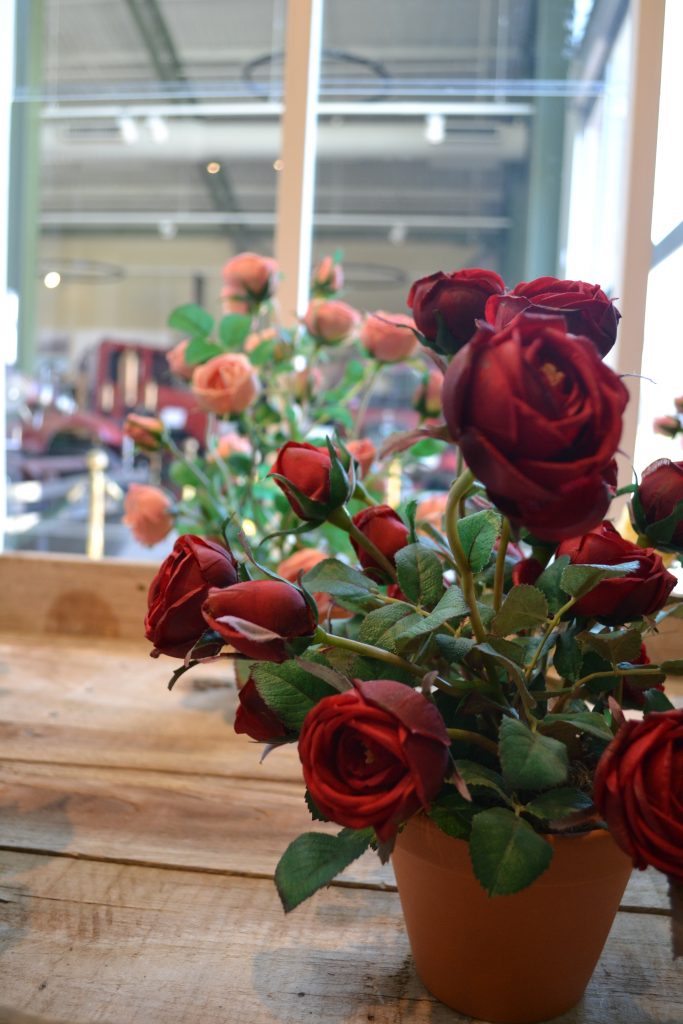
Even in the midst of these thorny racial relationships of just a year ago, the city of Springfield is named the “Rose City” due to its large production of roses.
Amidst the Great Depression, George Rogers Clark Park is established in 1930 near Buck Creek with a reenactment of the Battle of Piqua taking place here to commemorate its 150th anniversary. The opening of Cliff Park soon follows in 1932.
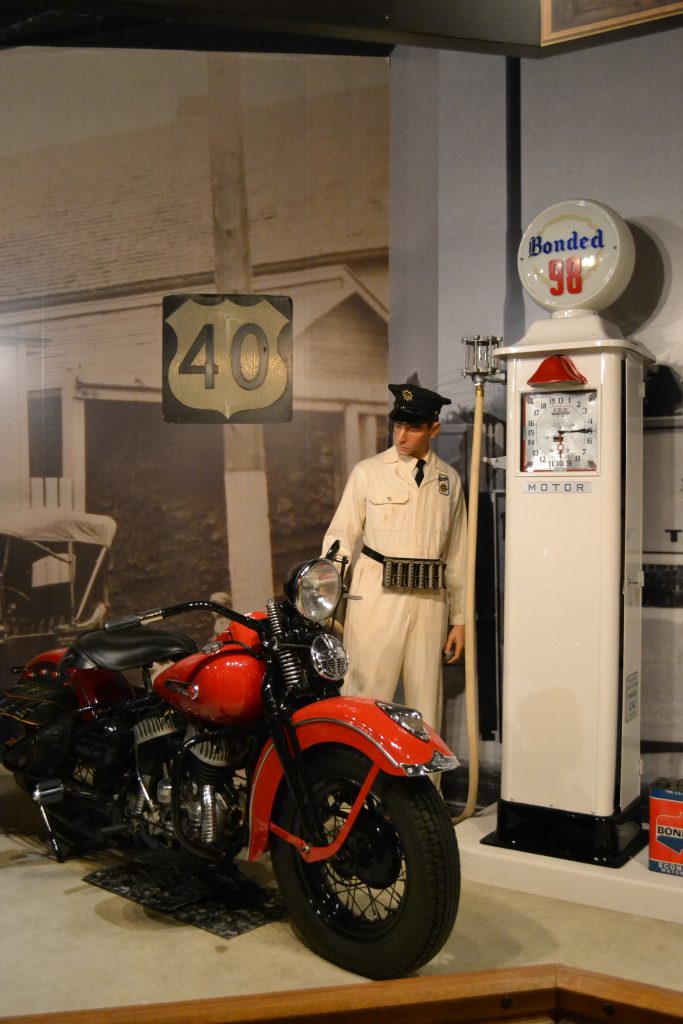
Chakeres Theaters gain world wide recognition opening theaters across Ohio in the 1930s and the first service station, Bonded Oil, is built in Urbana. As Springfield reaches the end of the 30’s World War II breaks out and the US comes to the aid of its allies after the Pearl Harbor bombing in 1941. Three Springfielders died in the attack and by 1943, Wittenberg University is set up to train Air Force Cadets to assist in the war efforts.
After World War II, the soldiers return home and only four years later the Korean War breaks out. The Clark County Fair, first opened in 1854, moves to a larger space taking over the old Springfield Airport in 1947. With an increase in population, Mercy Hospital opens in 1950 with the help of philanthropist Joseph Shouvlin. There were currently 111,661 residents in Springfield at that time.
Eisenhower’s presidency would be the start of the Civil Rights movement and would continue as John F. Kennedy is sworn into office in 1960. It was a victory for local African Americans when Robert C. Henry was the first black man elected to the Springfield City Commission and later becomes Mayor in 1966. Taking over Henry’s post as Mayor in 1968 would be Springfield’s first female mayor, Betty Brunk.
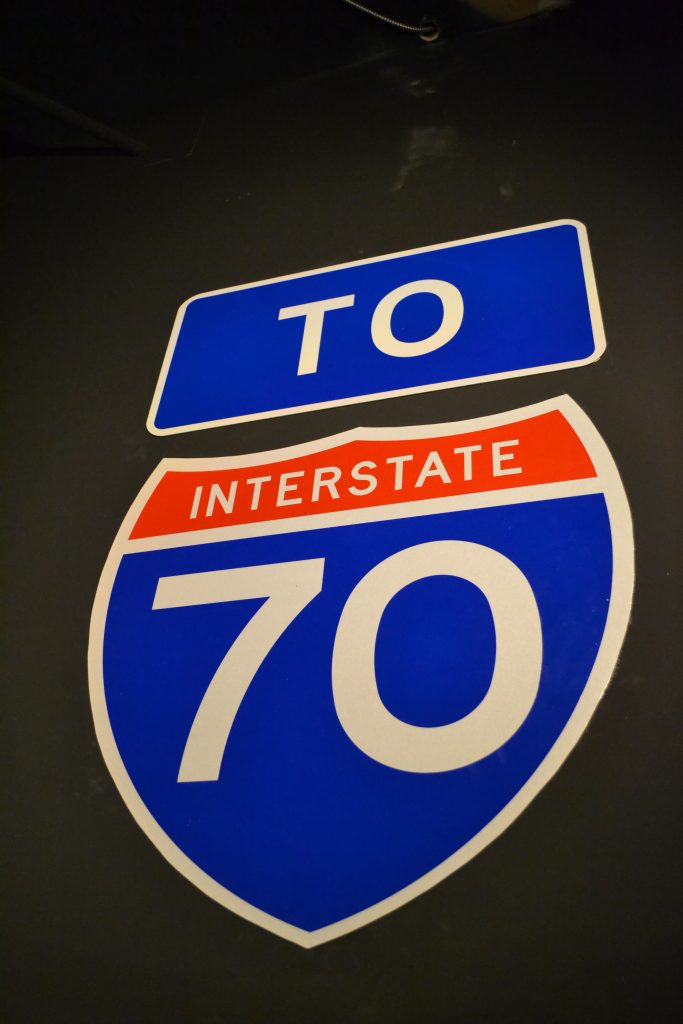
The 1970s brought about the interstate and I-70 draws businesses along the highway’s corridor. The population of Springfield has reached upwards into the 150 thousands. As the number of businesses increase, Springfield Mayor Robert Burton, plans to revitalize the downtown area, which has fallen into ruin over the years. Another economic victory includes the opening of the Upper Valley Mall in 1971.
By the time Gerald Ford takes office, Robert Burton has made good on his promise to help Springfield and the New City Hall was constructed.
Fast forward to 2016 and there is a continued effort to revitalize the city of Springfield. The downtown area is growing and new businesses are moving into spaces that were once left vacant. Snyder Park has once again become a beautiful place to visit and the Farmer’s Market is thriving during the weekends at the Heritage Museum. Rumor has it that even the Upper Valley Mall will be making changes in the near future as well but plans have not been finalized. During my return, it was an exciting time to live in Springfield and many residents came together to further the development of the city in a positive direction. Who knows? The difference one could make for Springfield may lead to noteriety at the Heritage Center’s Museum of Springfield history.
Have you had the opportunity to visit the Heritage Center in Springfield and learn about its history? What was your favorite moment in time? I would love to hear about your experience if you would kindly leave a message in the comments section below!
What to See and What to Do:
The Clark County Heritage Center
117 South Fountain Avenue
Springfield, Ohio 45502
Telephone: 937 324 0657
- Admission Fee: Free, and donations are welcome.
- Hours: Museum: Tuesday through Friday from 9AM to 4PM; Saturday from 9AM to 3PM. Closed on the following holidays: New Year’s Eve, New Year’s Day, Easter, 4th of July, Thanksgiving, Christmas Eve and Christmas Day
- Amenities: Bookstore and gift shop, guided tours, video presentation
- Length of Visit: 2 – 3 hours
- Tips for Your Visit: Donations recommended are Family: $10; Adults: $5 and Children: $3.
Where to Stay:
Courtyard Marriott Springfield
100 S. Fountain Avenue
Springfield, OH 45502
Telephone: 937 322 3600
Where to Eat:
Heart of Country Gift Shoppe and Teaberries Cafe
1600 E. Leffel Lane
Springfield, OH 45505
Telephone: 937 325 3030
I could spend hours strolling the Heart of Country Shoppe, but when I visit, I can’t wait to have lunch at Teaberries. I always start my lunch with a piece of yummy, moist orange bread. Known for their wide varieties of chicken salad sandwiches, I always revert to the House Favorite, the Midwest Delight, served on a butter croissant. If you have room, try their homemade carrot cake or peanut butter pie.
More favorite Springfield eateries:
- Schuler’s Donuts: Their chocolate cream-filled doughnut is their best seller…”home of homemade”. The bakery has several locations in Springfield.
- Simon Kenton Inn: This historical home is an inn, restaurant and entertainment venue. With great food, I love the atmosphere of the Simon Kenton Inn.
- Guerra’s Krazy Tacos: One of my favorite places to eat in Springfield, Guerra’s is known for their unique gourmet tacos.
- Salato Deli: I love stopping by this deli for their charcuterie board
- Le Torte Dolci Bakery; Located next to the Salato Deli, this European French bakery also serves amazing gelato.
- Mike & Rosie’s Deli: This staple of Springfield is located near the Wittenberg campus and I am extremely fond of their Reuben sandwich.
Where to Drink:
- Mother Stewart’s Brewing Company: Springfield’s only brewery, Mother Stewart’s showcases nine craft beers produced onsite.
What to Read:
- The Book of Springfield, Ohio, 1906, by Springfield Commercial Club
- Springfield, Ohio: A Summary of Two Centuries, by Tom Dunham
- Ridgewood in the Country Club District, by Tamara K. Dallenbach
- Still Standing: A life of pain, adversity and perseverance, by James Cooper
- Hometown Killer, by Carol Rothgeb
Photo Guide for Springfield, Ohio:
- Hartman Rock Garden
- Westcott House, Frank Lloyd Wright House
- Glen Helen Nature Preserve in nearby Yellow Springs
- Heritage Center of Clark County
- Tecumseh Land Trust in nearby Yellow Springs
- Ohio Caverns in nearby Bellefontaine
- Oakes Quarry Park in nearby Fairborn, Ohio
I found your interesting and well-written history blog about Springfield when searching for info about the town with all the political turmoil stirring things up. I see this blog was written in 2017. Do you find the controversy about Haitians immigrating to Springfield in any way detrimental to the town, or just a progression of the identity and the evolvment of the town.
Hi Susan,
Thank you for reading about my hometown of Springfield. The city’s Heritage Center is an amazing museum that showcases its rich history.
Today I live in Cincinnati, so I am not directly involved in what is happening in Springfield. I have certainly seen several social media posts that have reported stories supporting both sides. My hope is that the local government will succeed in finding a resolution and that the politics of the situation will subside. Thank you for reaching out and showing interest in my hometown community.